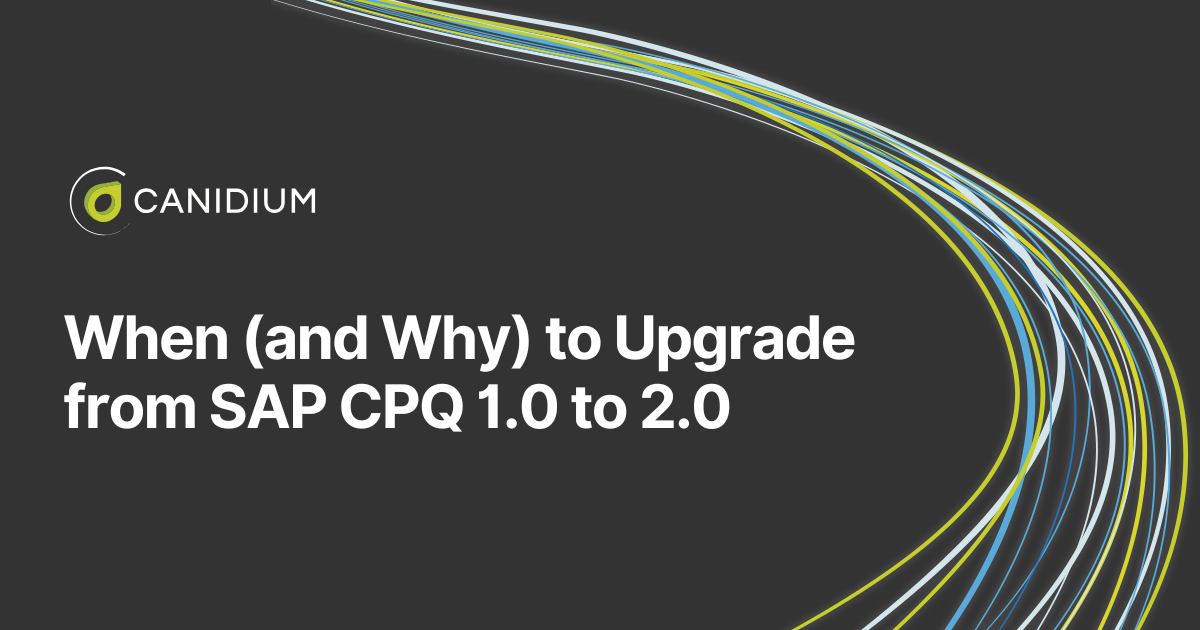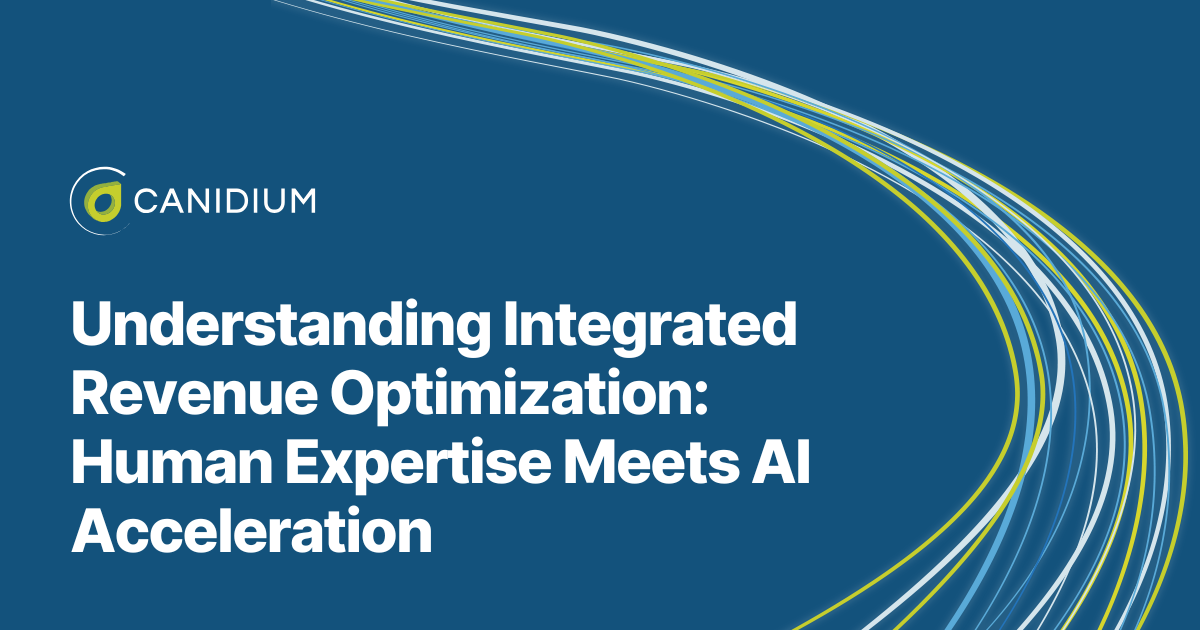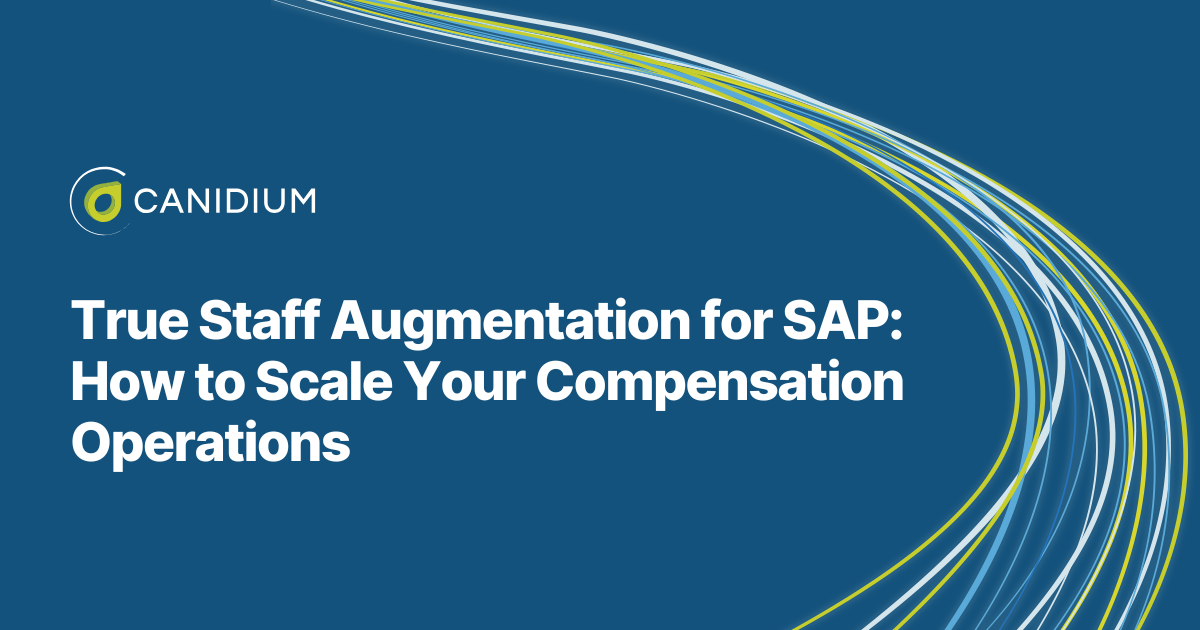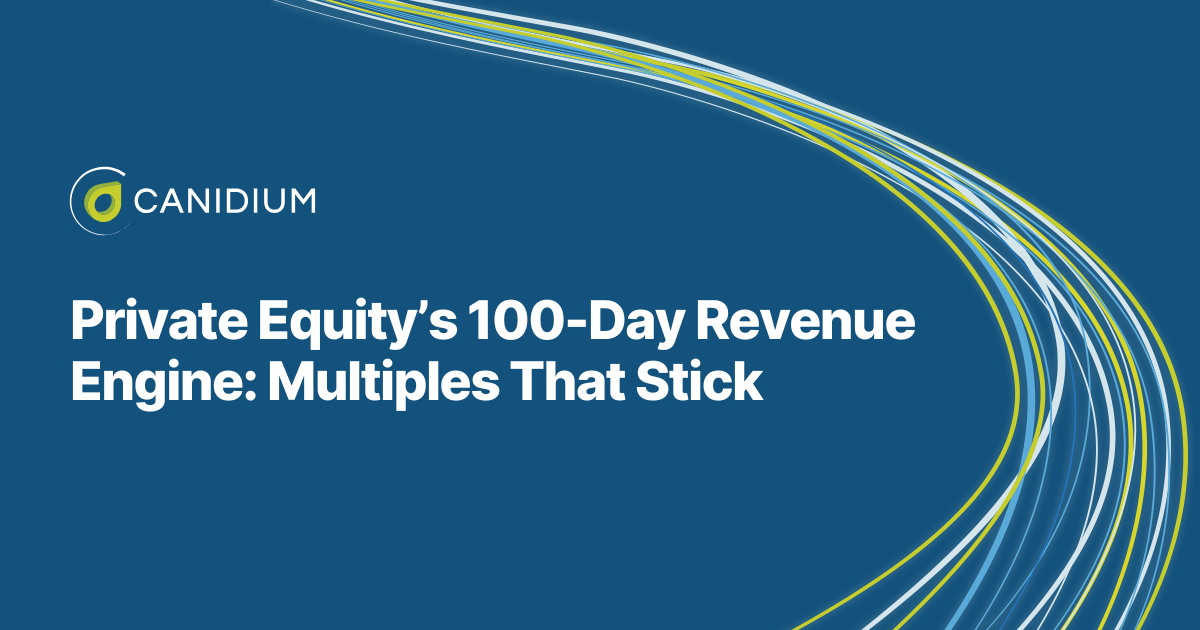You’re already paying for Sales Performance Management (SPM).
When we talk about SPM with clients, they often come back with the same question: How are we going to pay for this?
Our answer is that you already are paying for it, in one way or another.
If your company is using a legacy system to calculate compensation - one that relies on manual inputs - you will have errors. There is no way around it.
Overpayment, underpayment, miscalculations…It’s like having a black hole in your budget - money gets sucked in and is never seen again. It adds up, and it can hurt much more than just your bottom line.
This can happen to any company, no matter how big or successful it is. Don’t believe us?
Just last month, the 5th largest car company in the world announced that it was making employees at one of its plants return their bonuses because the company had miscalculated.
These weren’t executives. They were rank-and-file employees. People who work hard and form the heart of the company, and now they were being told to return money that many of them had already spent on their mortgages, car payments, daycare, groceries, etc.
Can you imagine how this has affected morale? Put yourself in the place of one of those employees. How much confidence would you now have in your company?
There’s also the company’s public image to consider. While we have chosen not to mention names, this story was all over the business media.
In August, a large healthcare company in Oregon had a similar situation and chose not to demand the money back. Was this a better choice?
Is there a good choice, between asking employees to give back the money that you overpaid them or taking the loss?
Wouldn’t it be better to never have to deal with this situation at all?
Bear in mind, these were just instances where the overpayment was detected.
We’ve found that companies tend to overpay their employees by an average of 3 to 5 percent, and it rarely gets caught. It’s just a quiet and constant money drain. By fixing this once and for all, a quality SPM pays for itself, usually within a year or two.
With all this in mind, perhaps instead of asking how you’re going to pay for an SPM, ask yourself: Can you afford not to have one?


.png)





